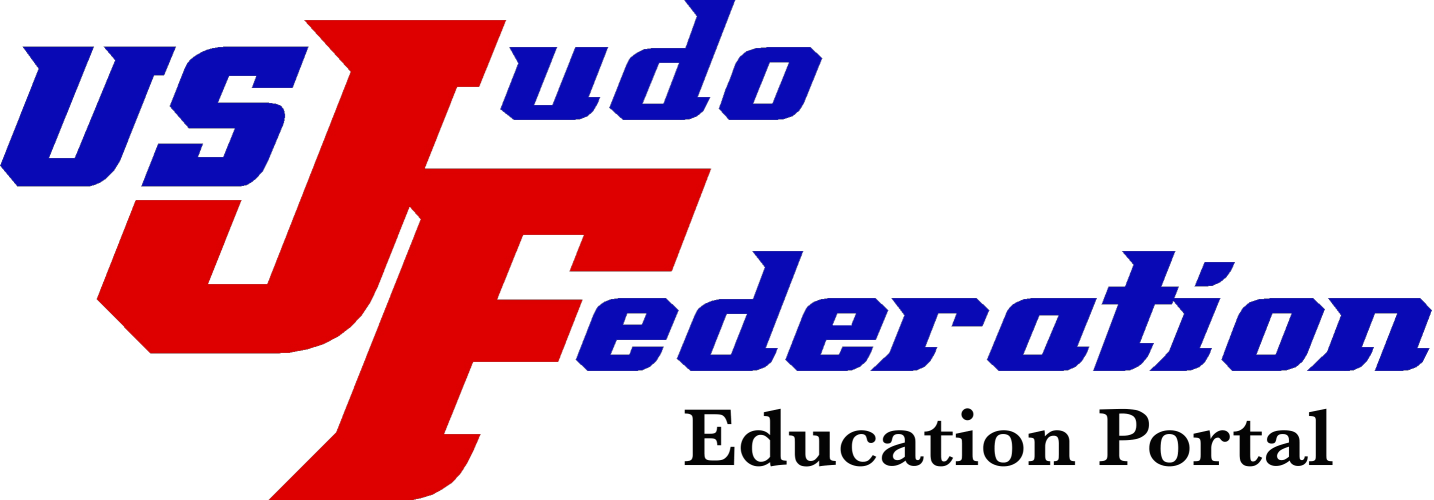
USJF Education Portal
Junior Rank Requirements
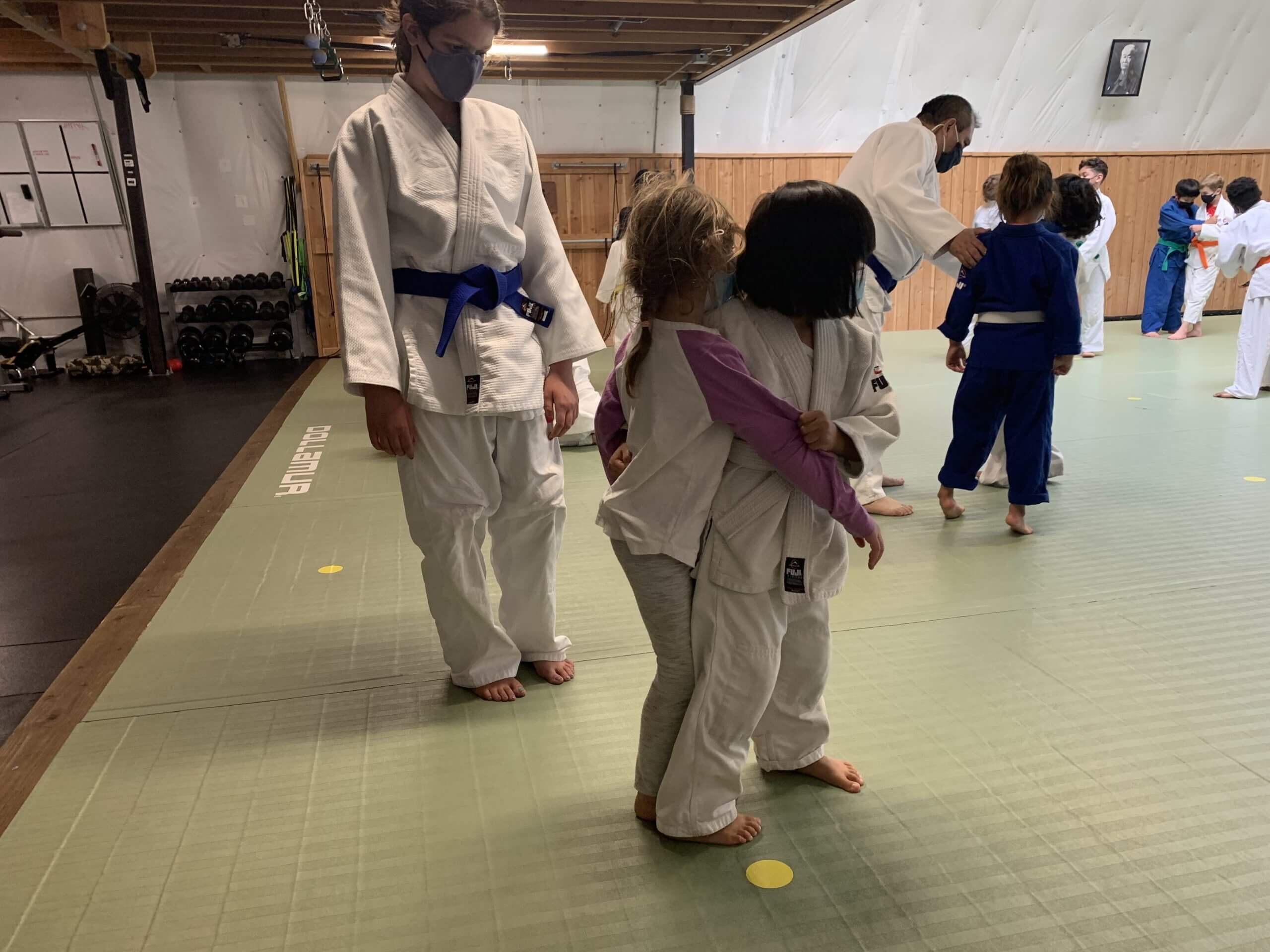
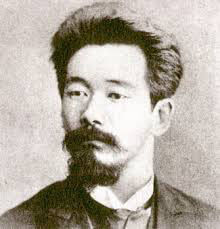
Structure and Content of the Junior Rank Promotion Requirements
The Presidential Ad Hoc Committee truly appreciates all of the hard work, efforts, and products of those that have served in this capacity before us. It is sincerely our hope that you understand the intended vision and direction of this curricular reconstruction:
Professor Jigoro Kano developed judo with the goals of having its practitioners develop physical fitness and adeptness, become intrinsically moral, and to contribute significantly to the betterment of society.
However, research and experience across the world has taught instructors that some time-honored, traditional practices have not always been, nor are currently, in the best interest of developing children into solid judoka with the principles of Seiryoku Zenyo and Jita Kyoei upheld.
Children are not miniature adults. Their motor development, cognitive and reasoning skills, and social-emotional development all need to be directly and intentionally addressed to be as maximally efficient and mutually beneficial as possible.
SHAPE America
SHAPE America is a national standards framework for K-12 Physical Education that defines what a student should know and be able to do at each stage of developing physically literate individuals who have the knowledge, skills and confidence to enjoy a lifetime of healthy physical activity.
Keeping with Professor Kano’s goals, judo is meant to be not just a life-long sport, but to become a way of life. As a result, our ad hoc committee was tasked with vertically aligning Kano’s philosophy of morality, societal contribution, and physical judo techniques with SHAPE framework’s stages of development for safe and progressive instruction.
This committee has attempted to balance the three goals Professor Kano envisioned as being the true essence of becoming a true judoka with the physical, spiritual, and custodial strengths to truly become the best person possible by embedding them within the Junior Rank Requirements. These three legs form a powerful tripod structure for personal growth, continuous development, and contribution, helping make judo highly appealing throughout the world, a truly lifelong endeavor, and the most unique sport/activity in existence.

GUIDE FOR THE JUNIOR RANK REQUIREMENT
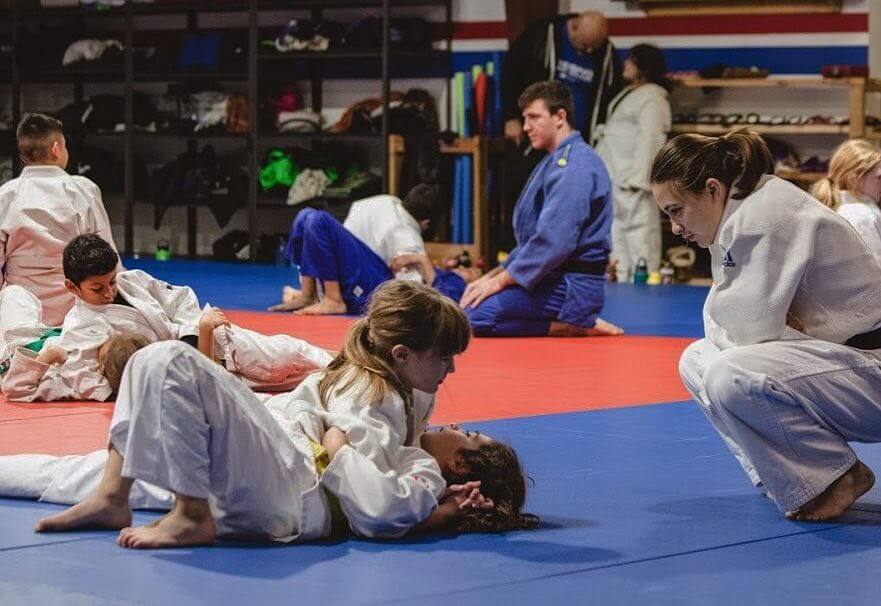
It is important to consider that the ages and developmental levels of students entering a Judo program can vary drastically. Physical skill acquisition, cognitive and information processing, memory, reasoning skills, and abstract thinking are just a few of the variables that need to be addressed in a developmentally appropriate manner to best address the needs of individual students for them to be successful.
Students will progress through the ranks as they develop the sequential skills, behaviors, values, and understandings required at each successive level. A child might enter a program at the age of 5, another possibly as a young teen.
Given that age spread, they are unlikely to progress at the same rate with the same level of skill and sophistication. This is the reason why there are no recommended minimum age or time-in-rank/grade prior to the rank of Shodan. The skills students will need to acquire to be developed and successful if competing must also be carefully considered when looking at rank progression.
Categories in the Junior Rank Requirements: scope and sequence
Personal Development
This category addresses the development of a student to become a true Judoka as envisioned by Jigoro Kano, a judoka who becomes physically fit and adept, virtuous, and a contributor to the betterment of society. Virtue acquisition requires direct instruction and opportunities for sharing, reflection, and goal setting. Judo virtues include:
Knowledge including academic achievement, perseverance, courage, and growth.
Self-Control including obedience, humility, honor, and compassion.
Integrity including both sides, honesty, courtesy, respect, sincerity, and loyalty.
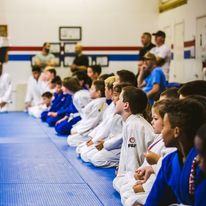
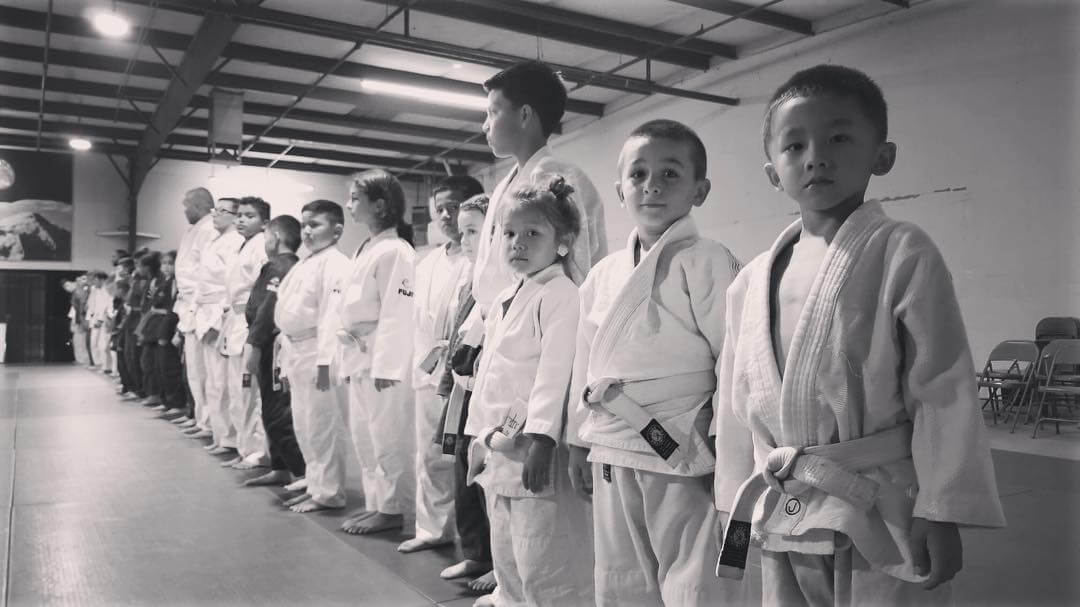
General Concepts
This category addresses physical skills that do not fit directly in the specific technique categories. Physical demonstration is required to assess these skills.
Vocabulary and Essential Questions
This category addresses vocabulary that is not named in the specific technique categories, and includes essential questions which are open-ended (no right or wrong answer) requiring and encouraging the responder to think deeply about the question, the possible range of responses, and the justifications chosen in the response.
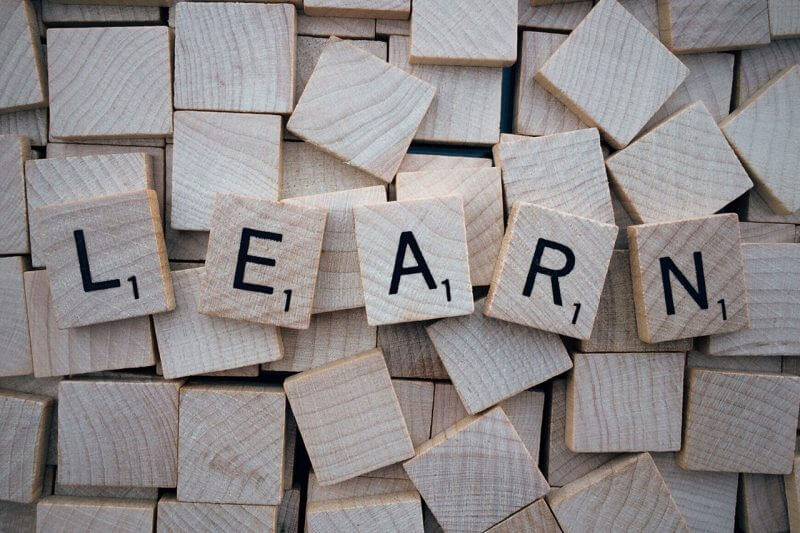
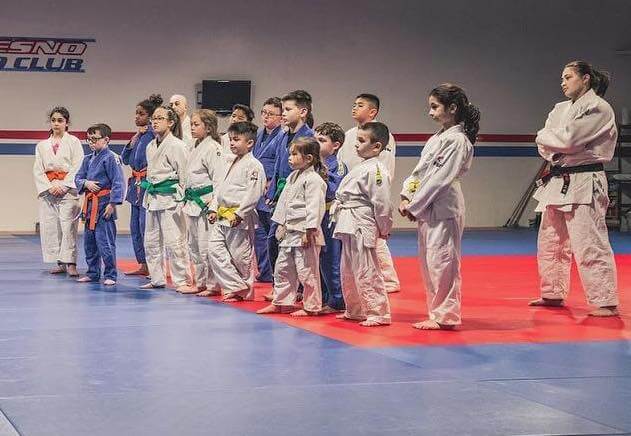
History/Philosophy
This category requires direct instruction starting with common, basic knowledge, and expanding understanding to the club, Yudanshakai, regional, national and international level. As they mature, students should be encouraged to participate in guided and self-study research about Judo history and Judo philosophy.
Rules
This category requires direct instruction of rules of the dojo/program, general Judo courtesy rules, and the developmental learning and practice of rules of competition.
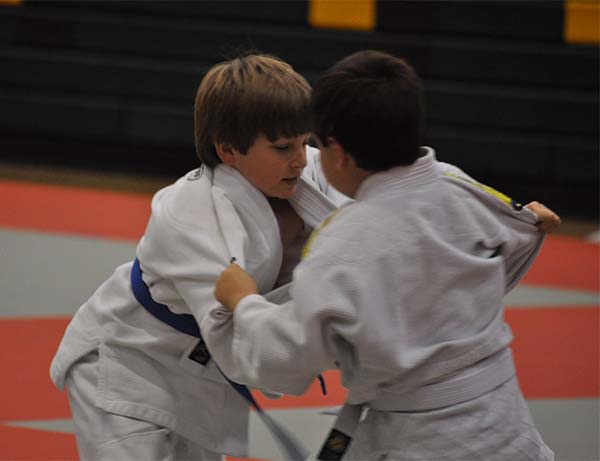
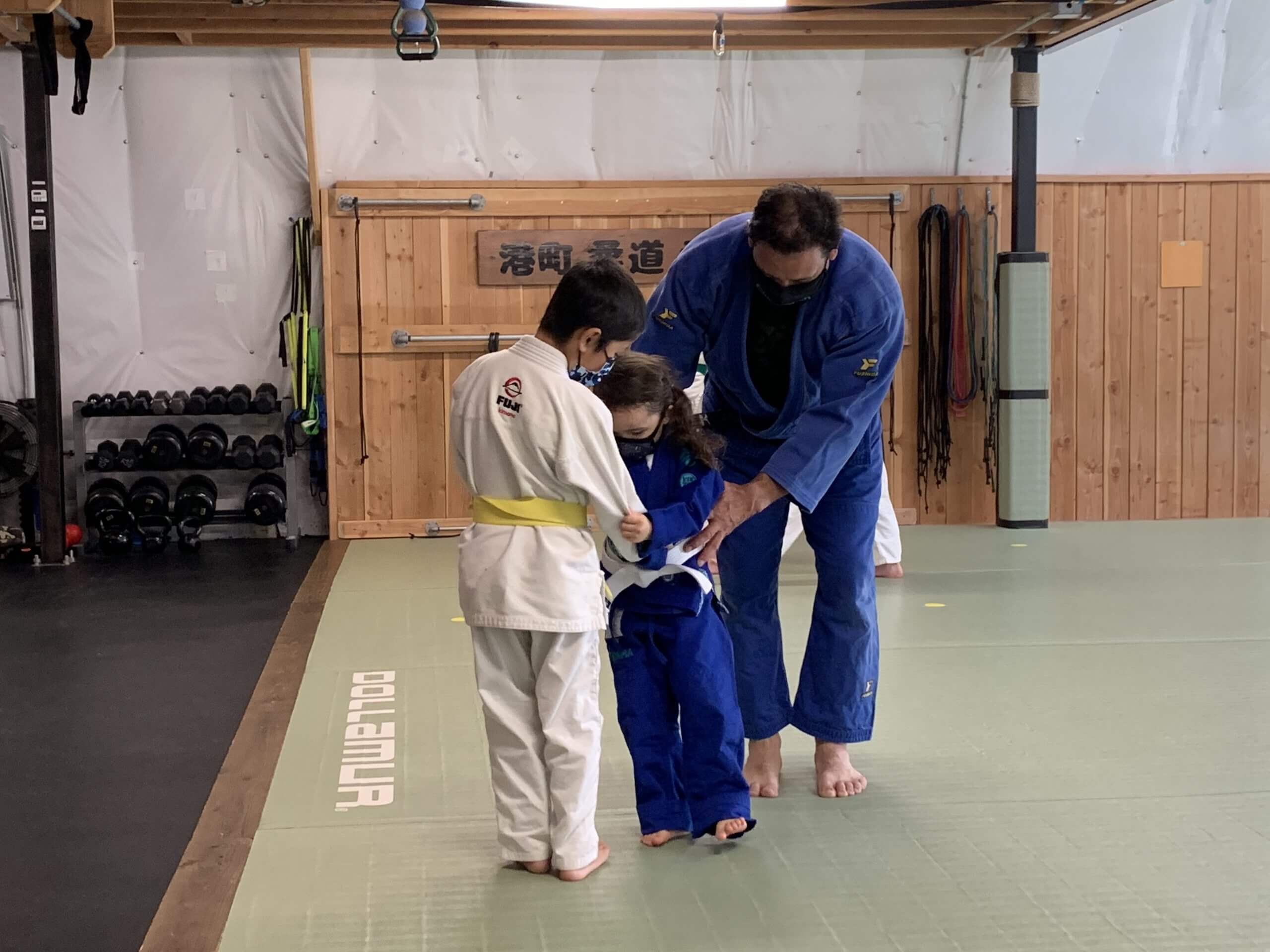
Tachi Waza
This category lists the tachi waza techniques to be developed at each rank. It is expected that the students learn the Japanese name and a more common name for each technique, and that they be able to explain how each throw is executed, and to be able to perform them on both sides as Uke and Tori.
The throws are sequenced to be in alignment with the SHAPE developmental benchmarks. When a throw is first introduced at a specific rank, acceptable demonstration of the technique can be in a controlled stationary or very controlled moving manner.
Increased competency for throws that have been introduced, for example applying it during sutekeiko, randori, in other movement exercises, and in combinations, is expected as the rank of the individual rises.
Osae Waza
This category lists the osae waza techniques to be developed at each rank. This includes learning to enter, escape from, and transition between techniques.
It is expected that the Japanese names for the actual pins are learned, along with a more common name. Learning the basic holds and escapes should be introduced on both sides.
As rank raises, increased competency in formerly introduced techniques, including the ability to transition between techniques, should be demonstrated.
Transitions from tachi waza to osae waza and, when appropriate, to shime waza and kansetsu waza should be developed. Alignment with SHAPE and ease of learning and executing transitions was considered when developing the sequence.
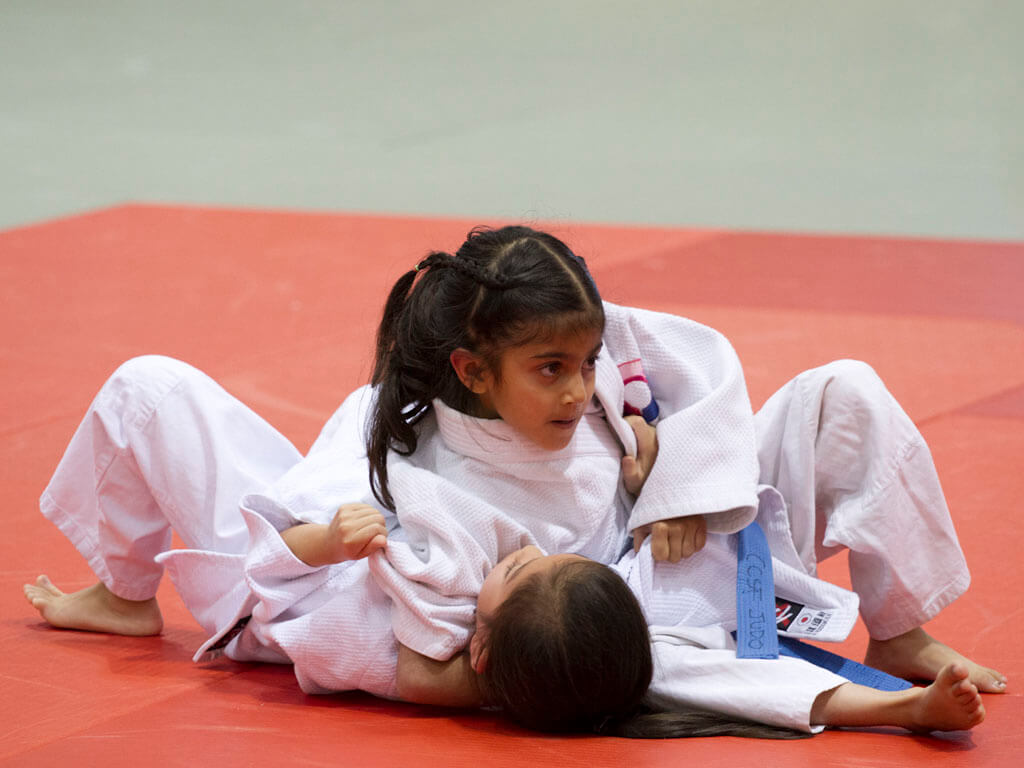

Shime Waza
This category lists the techniques to introduce when age appropriate. Learning to enter for the techniques, protection from the techniques, and escaping from the techniques is included. The Japanese name for each technique should be taught along with a more common name.
As rank raises, increased competency in formerly introduced techniques should be demonstrated. At this level, transitions between osae waza and shime waza should also be developed.
Kansetsu Waza
This category lists the techniques to be introduced when age appropriate.
Learning to enter for the techniques, protection from the techniques, and escaping from the techniques is included. The Japanese name for each technique should be taught along with a more common name.
As rank raises, increased competency in formerly introduced techniques should be demonstrated and transitions between osae waza, shime waza, and kansetsu waza should be developed.
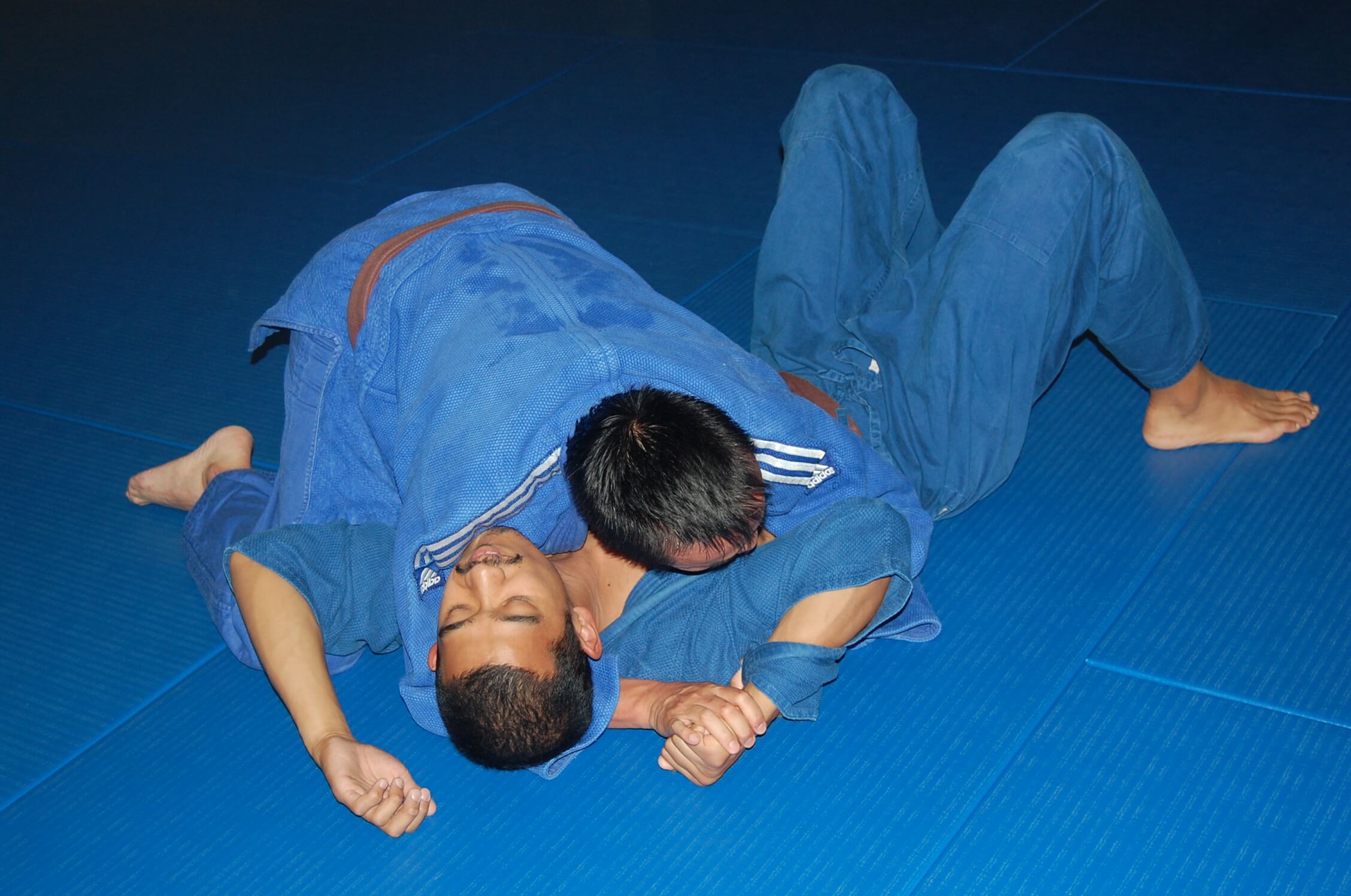
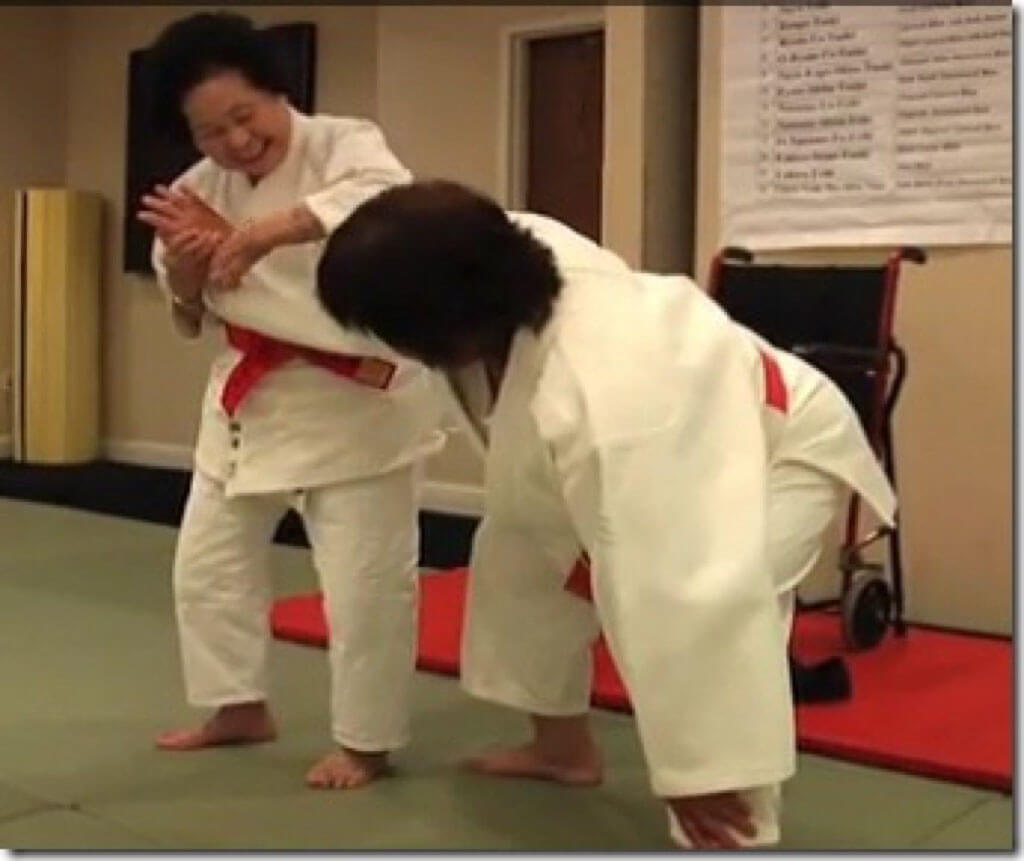
Kata
This category was developed to align with Senior ranks so that a minimum aged Shodan candidate will have the same skill set as a senior-aged Shodan candidate.
